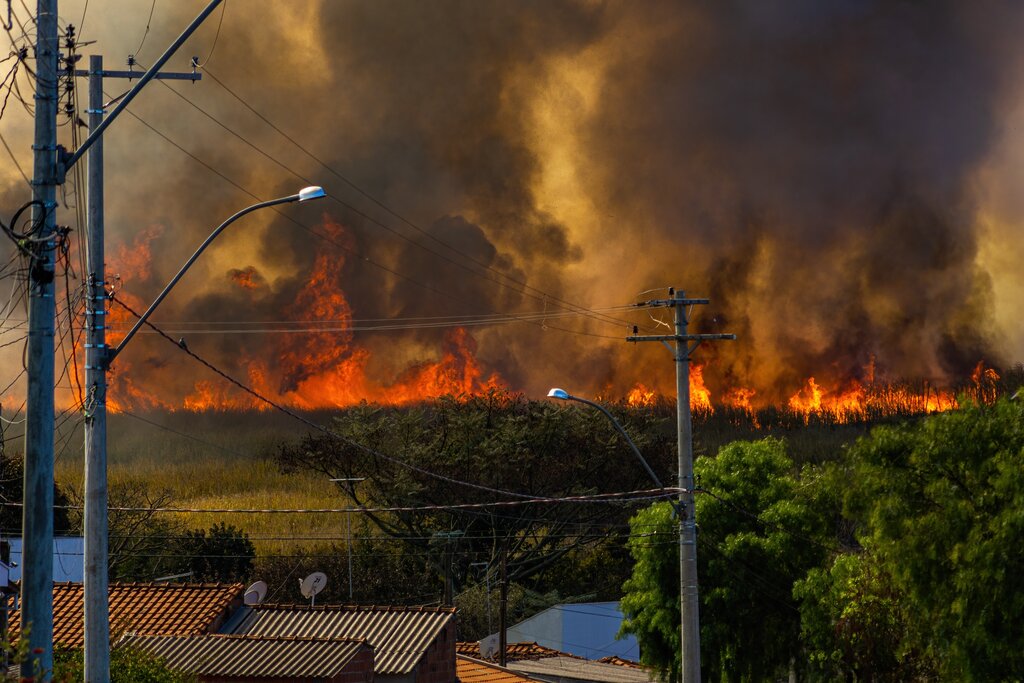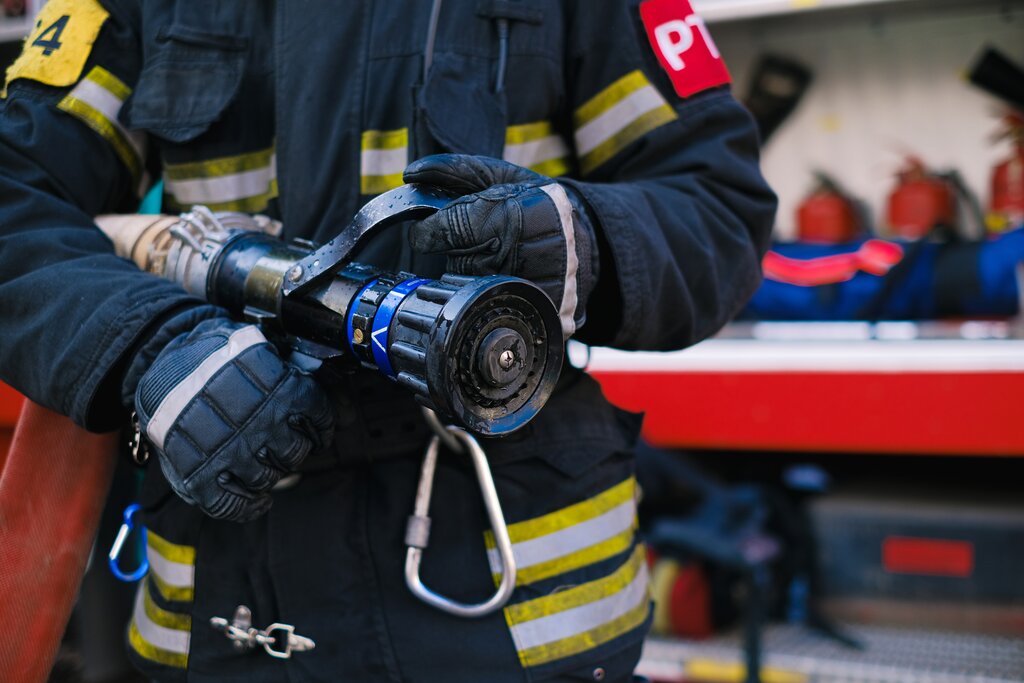Wildfire Smoke Poses
Significant Health Threat
Unusually dry conditions in the western United States have significantly increased the potential for wildfires, such as the recent Henry’s Creek Fire in Idaho, where thick smoke blanketed the eastern foothills near Idaho Falls.
The fire quickly spread to more than 43,000 acres and became Bonneville County’s largest wildfire of the season. Aerial firefighting crews had some difficulty making retardant and water drops due to high winds and low visibility due to the heavy smoke.
The Danger of Wildfire Smoke
According to the Office of Environmental Health Hazard Assessment (OEHHA), even if you and your property are not in direct danger from the flames, wildfire smoke can still pose a significant health threat.
Smoke from wildfires is a mixture of gases and fine particles from burning trees and other plant materials, but it is the particulate matter that represents the principal public health threat from exposure to wildfire smoke. “Particulate matter” is a generic term for particles suspended in the air, typically as a mixture of both solid particles and liquid droplets.
The size of particles affects their potential to cause health problems. Particles larger than 10 micrometers (by comparison, a human hair is about 60 micrometers) do not usually reach the lungs, but can irritate the eyes, nose, and throat. It’s the smaller particles of 10 micrometers or less that can be inhaled deeply into the lungs, seriously affecting the lungs and the heart.
At Greatest Risk
According to the Centers for Disease Control (CDC), the following groups are at the greatest risk from wildfire smoke:
- People with heart or lung diseases, such as congestive heart failure patients or asthmatics.
- Older adults. (This may be due to their increased risk of heart and lung diseases.)
- Children and infants. Children’s airways are still developing and they breathe more air per pound of body weight than adults. They also tend to spend more time outdoors engaged in activity and play.
Protect Yourself
If you reside in a wildfire-prone area, there are several measures you can take to protect yourself and your family from the dangers of wildfire smoke:
- Check local air quality reports. Listen and watch for news or health warnings about smoke. Find out if your community provides reports about the EPA’S Air Quality Index (AQI), and pay attention to public health announcements.
- Consult local visibility guides. Some communities have monitors that measure the amount of particles in the air. Some western states and communities provide guidelines that help residents determine the level of particulates in the air by how far they can see.
- Keep indoor air as clean as possible if you are advised to stay indoors due to wildfire smoke. Keep windows and doors closed. Run an air conditioner if you have one, but keep the fresh-air intake closed and the filter clean to prevent outdoor smoke from getting inside. If you do not have an air conditioner and it is too warm to stay inside with the windows closed, seek shelter in a designated evacuation center or away from the affected area.
- Do not rely on dust masks for protection. Paper dust masks commonly found at hardware stores are designed to trap large particles, such as sawdust. These masks will not protect your lungs from the small particles found in wildfire smoke.
- Evacuate from the path of wildfires. Listen to the news to learn about evacuation orders. Follow the instructions of local officials regarding when and where to evacuate. Take only essential items with you. Follow designated evacuation routes (others may be blocked) and expect heavy traffic.
Sources:
Featured Image: U.S. Air Force Photo, Public Domain





